Wild Animals
Learn about wild animals, why they differ from pets, their unique struggles, and the importance of respecting their natural habitat and safety.

(Kawkab Nadim)
(Engineer and Pets Owner)
I have a passion for animals and love taking care of pets. That’s why I also operate several blogs about pet and animal husbandry.
Being a pet lover, we often think about wild animals and their lifestyle. Have you ever wondered why they are not good as pets? Because of their aggressiveness and more aspects.
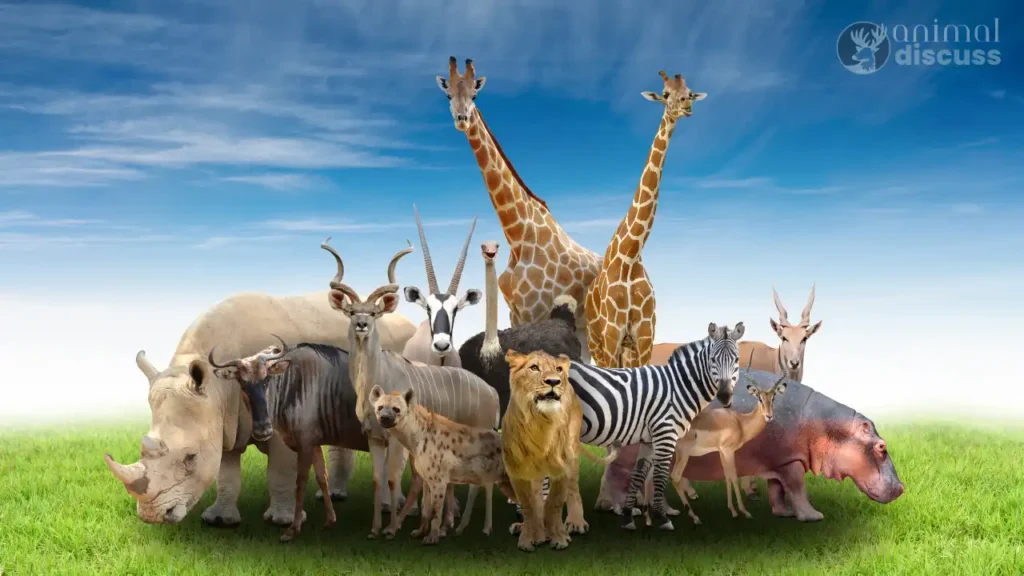
Nature has its own way to let them struggle and thrive in their life. Well, there are some basic aspects which as an animal lover you need to keep in mind regarding wild animals. I am here for you, to resolve the unsolved knowledge of wildlife.
Why Are Wild Animals Not Good Pets?
Beginning our discussion with the first question which is, why can those cute baby elephants stay in our backyard, right? Unfortunately, no matter how much you believe that you’re able to pet them, you’re not.
As wild animals like lions, panthers, tigers, giraffes, elephants, etc. require a certain type of environment and enormous space to roam around when it comes to their habitat.
Moreover, their habitat includes room for hunting, activities, etc. When you confine them in a closed space, it disrupts their well-being.
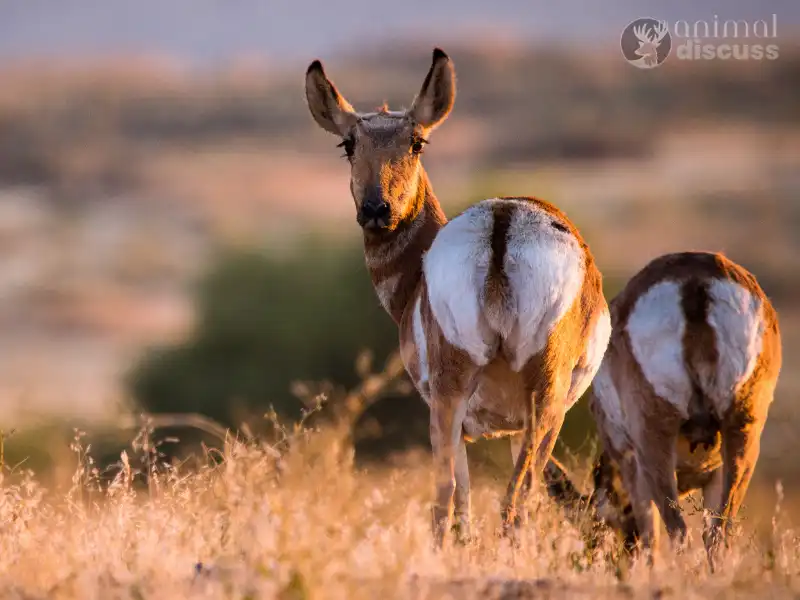
After habitat, comes their diet which gets hampered too. These wild animals more or less hunt other animals and eat them which is completely different from the domesticated pets’ lifestyle. Hence, assuring the right amount of diet can become a challenge for you.
Moving on, keeping them away from the wild will impact their ability to socialize. As they tend to roam around in wildlife in groups. If you isolate them, it will be their reason for loneliness.
What Happens When Wild Animals Become Pets?
Till now I have talked so far about the wild animals’ situation but now it’s time to talk about the consequences that will happen if they’re domesticated.
You might notice their aggressive behavior while they’re growing up which can be dangerous to other humans if they are kept as pets.
Plus, most of the time it’s seen that they have diseases such as rabies, psittacosis, etc. that are swiftly transmitted to humans. That can be even life-threatening too.
Lastly, the removal of animals from their native habitats has the potential to harm ecosystems and reduce the chances of survival for endangered species.
How To Save Yourself When Encountering Wild Animals?
Wild animal encounters can be terrifying, but there are steps you can take to lessen the impact and stay safe.
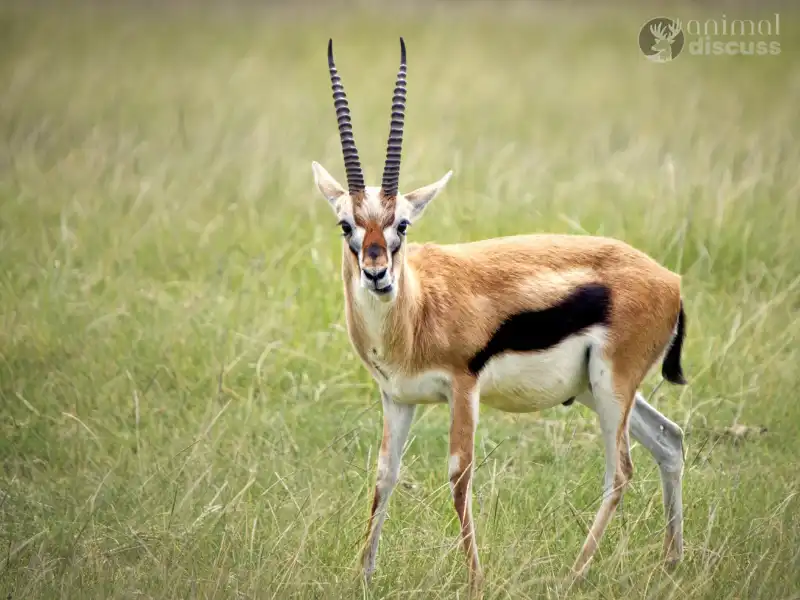
While these are some general guidelines to follow, remember that each animal and circumstance is unique:
Before encountering a wild animal
Follow up on these tips before visiting a wildlife area:
- Prepare yourself by doing some research such as researching the local wildlife, their habits, and how to avoid harm in the event that you encounter one.
- Always keep yourself informed about any instructions or advice provided.
- As a self-defense, you can bring bear spray and other noise makers such as air horns or whistles, depending on your destination. However, realize that using it correctly is crucial if you want it to be safe and successful.
Upon encountering a wild animal
God forbids if you have already encountered a wild creature, do follow up on the tips in the table below.
| What to do | What not to do |
|---|---|
| Try to relax and take control of the situation. | In order to avoid an attack, you should not flee or make any abrupt moves. |
| Determine the animal’s desires by observing its behavior and nonverbal cues. | Avoid getting in the animal’s way or putting it in a difficult situation. |
| Just back off a bit and make room for the animal to run; then let it roam free. | Never through any object on them. |
| To amplify the illusion of size, stand tall, spread your arms wide, and, if possible, lift objects. In this light, you may appear to some animals as a more dangerous predator. | Stop acting vulnerable or frightened in front of them. |
When you are under attack?
Unfortunately, if the creature attacks you, anything that is nearby such as rocks, sticks, or even your own body can be your weapon.
But if you are facing an attack from a big animal, playing dead might be the greatest strategy, such as bears. Until the threat has passed, lie on your back to protect your neck and head.
Moreover, use bear spray or noisemakers according to the package directions when you need to scare them away.
These are a few basic tactics to keep in mind while visiting or encountering wild animals. Always consult a specialist or keep their number for any emergency.
What Can You Do for Wildlife?
Just because you cannot pet them doesn’t mean that you cannot take care of them. By ensuring their conservation you can help them. Through continuous hunting and extermination, we’re disturbing the ecological balance.
Here is what we can do to maintain the natural balance-
We can circulate information about wildlife through videos, articles, and reports that highlight the significance of wildlife protection.
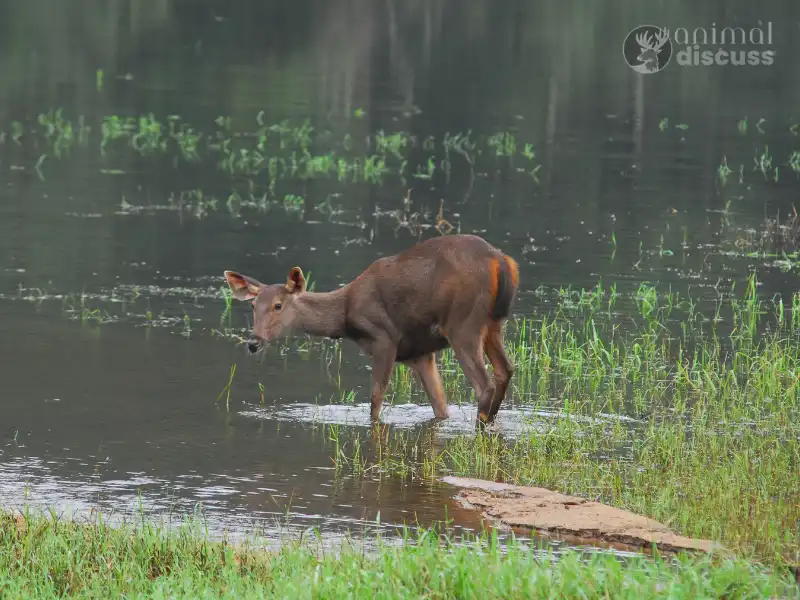
Such as through an organization, it has been published that in America, wildlife creatures are facing habitat loss. Due to destruction or degradation, and most importantly climate change is the cause of their biggest threat to survival.
Accordingly, there has been a list published about which animals are about to go extinct. Such as the Javan rhino, African forest elephant, etc. We need to make people aware of it and ensure what can stop their extinction.
And your biggest role can be to inspire individuals and take a part in the action of conservation. Through consulting local organizations, you can be a part of volunteers to help preserve animals.
Or you can raise funds, this effort will save endangered species and you can do it through petitions and campaigns.
With this basic discussion, we are at the end of our today’s discussion on wild animals. They need your consciousness and support.
Moreover, while interacting with these wild animals, never approach or attempt to touch them, regardless of how kind or innocent they appear. Try to remain safe by keeping a distance. Hope this glimpse of information will be sufficient for you to have an idea about wildlife and wild animals.
Wild Animals Article
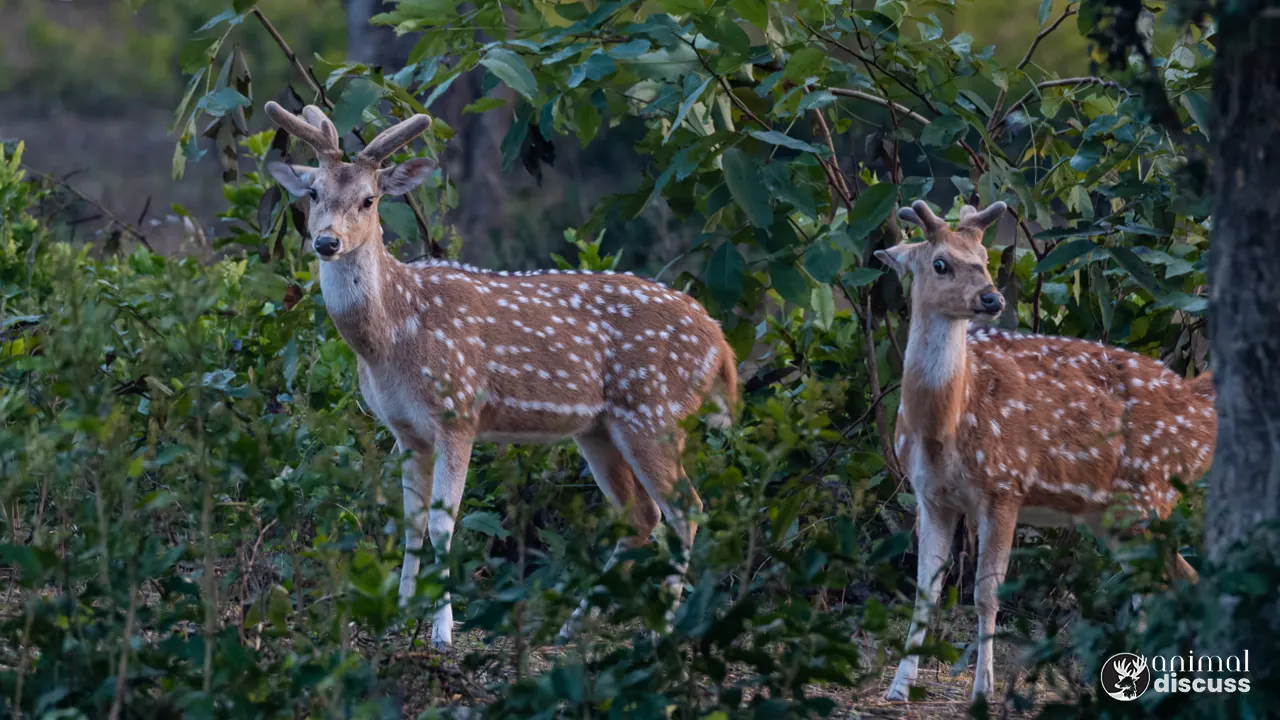
Deer Overview
To learn more about deer overview: characteristics, species, and more, dive with us into the details.
Full Article
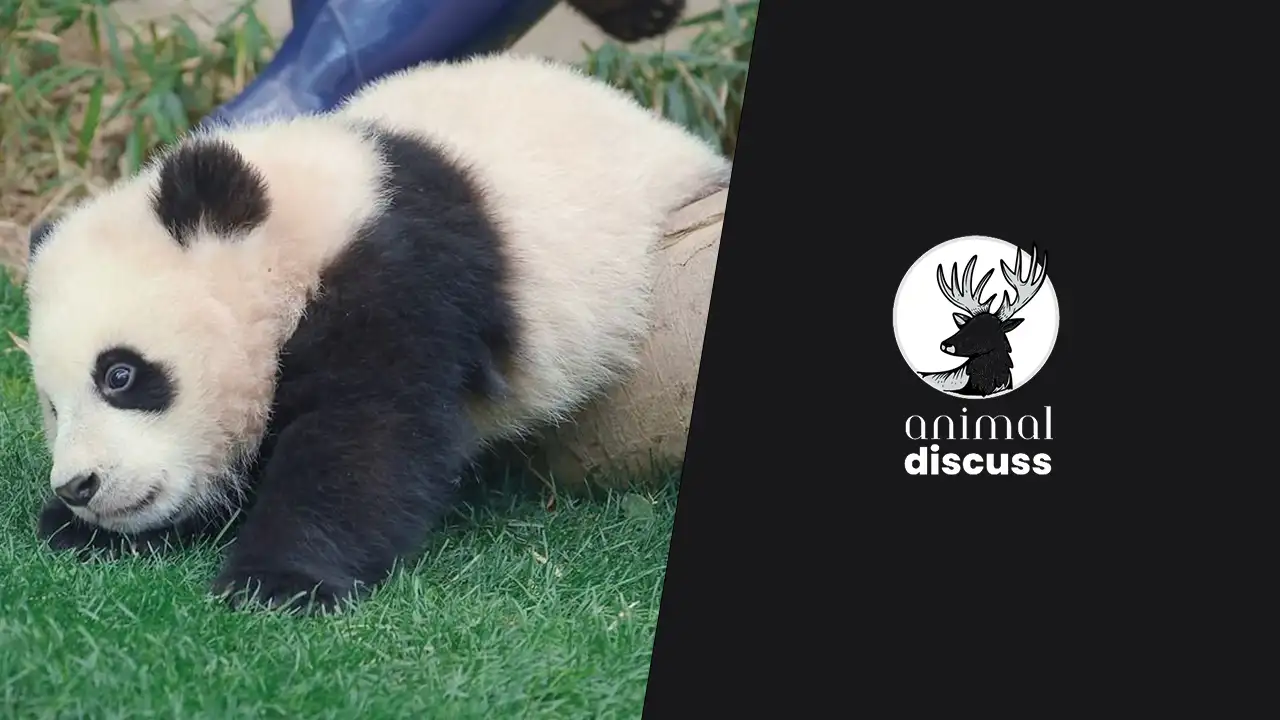
Panda Overview
To learn more about panda overview: characteristics, species, and more, dive with us into the details.
Full Article
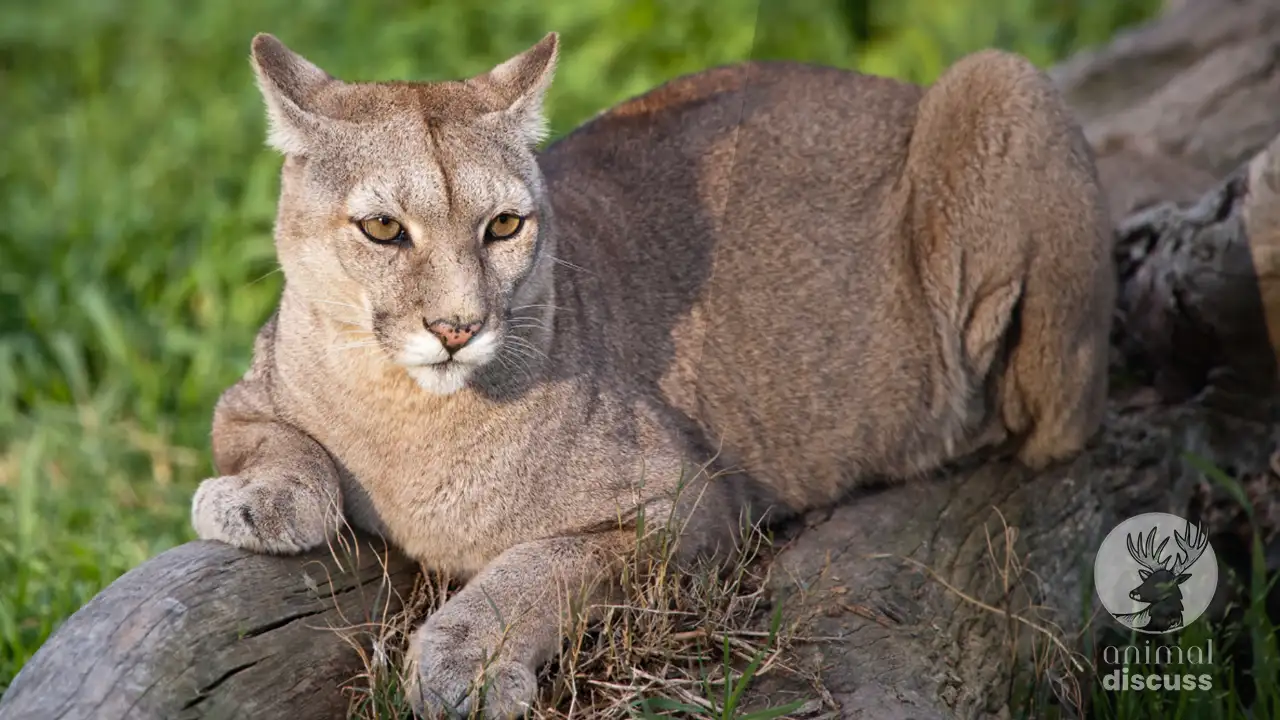
Puma Overview
To learn more about puma overview: characteristics, species, and more, dive with us into the details.
Full Article
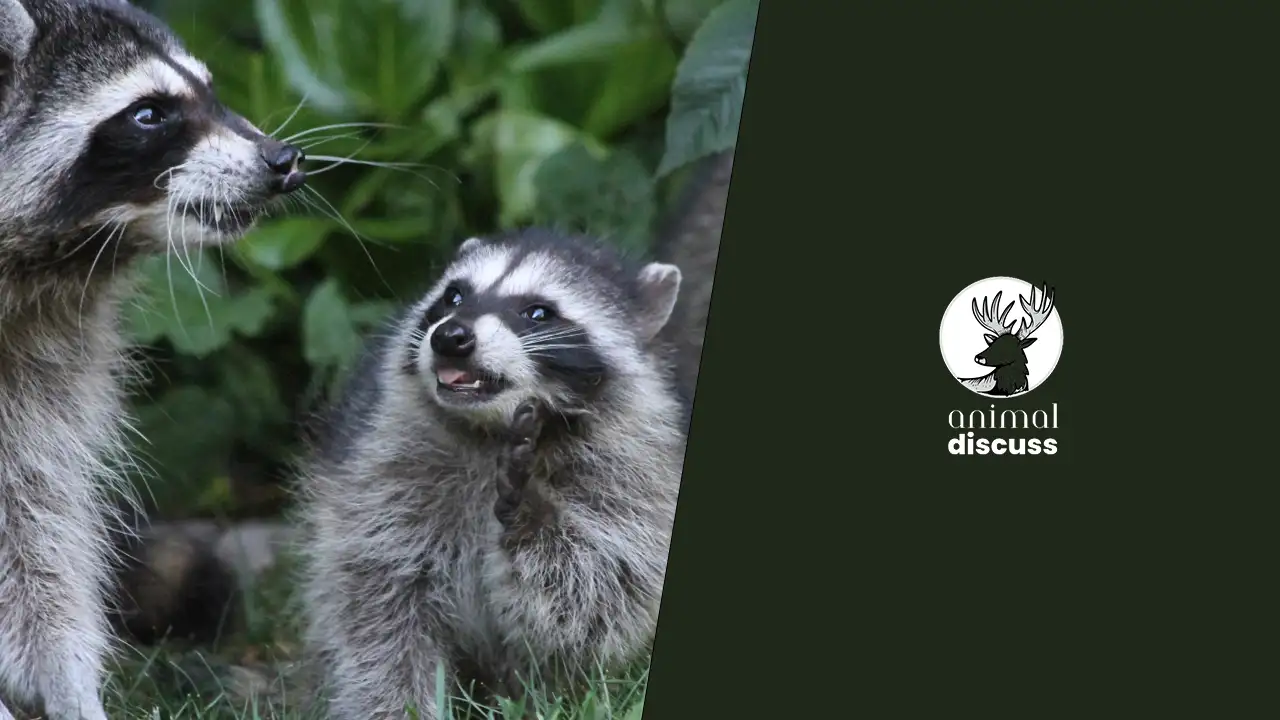
Raccoon Overview
To learn more about raccoon overview: characteristics, species, and more, dive with us into the details.
Full Article
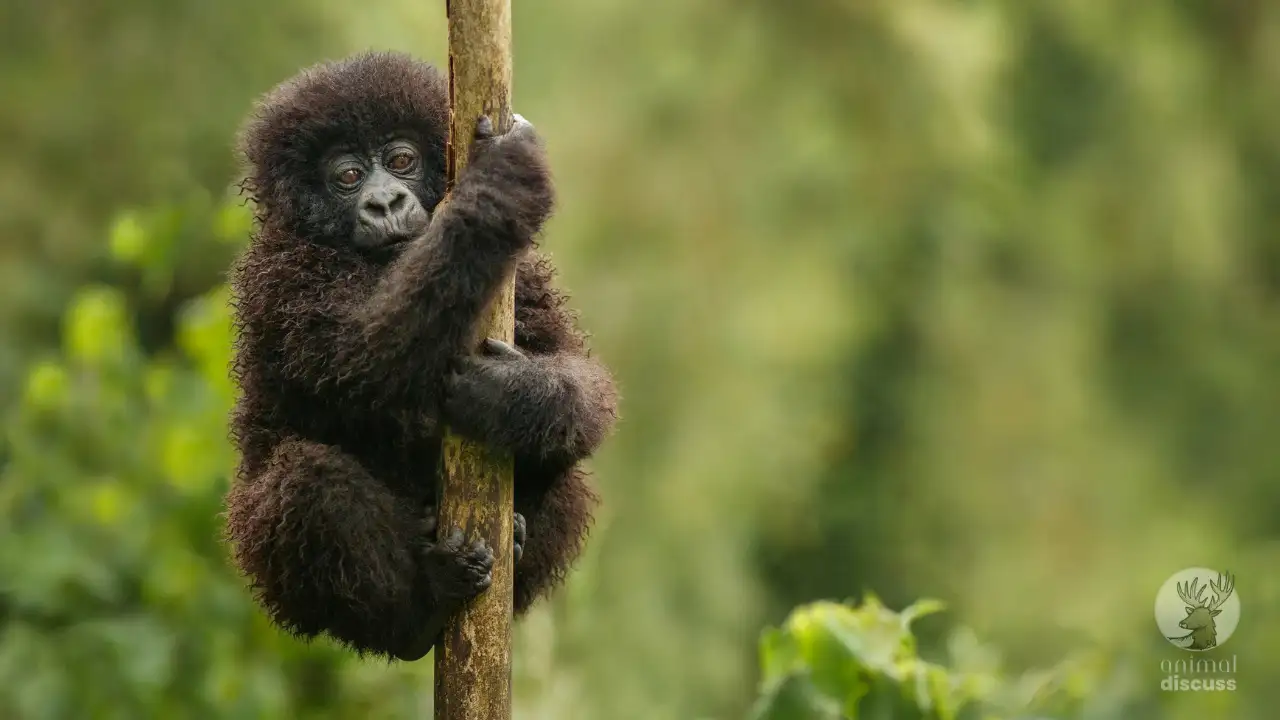
Gorilla Overview
To learn more about gorilla overview: characteristics, species, and more, dive with us into the details.
Full Article
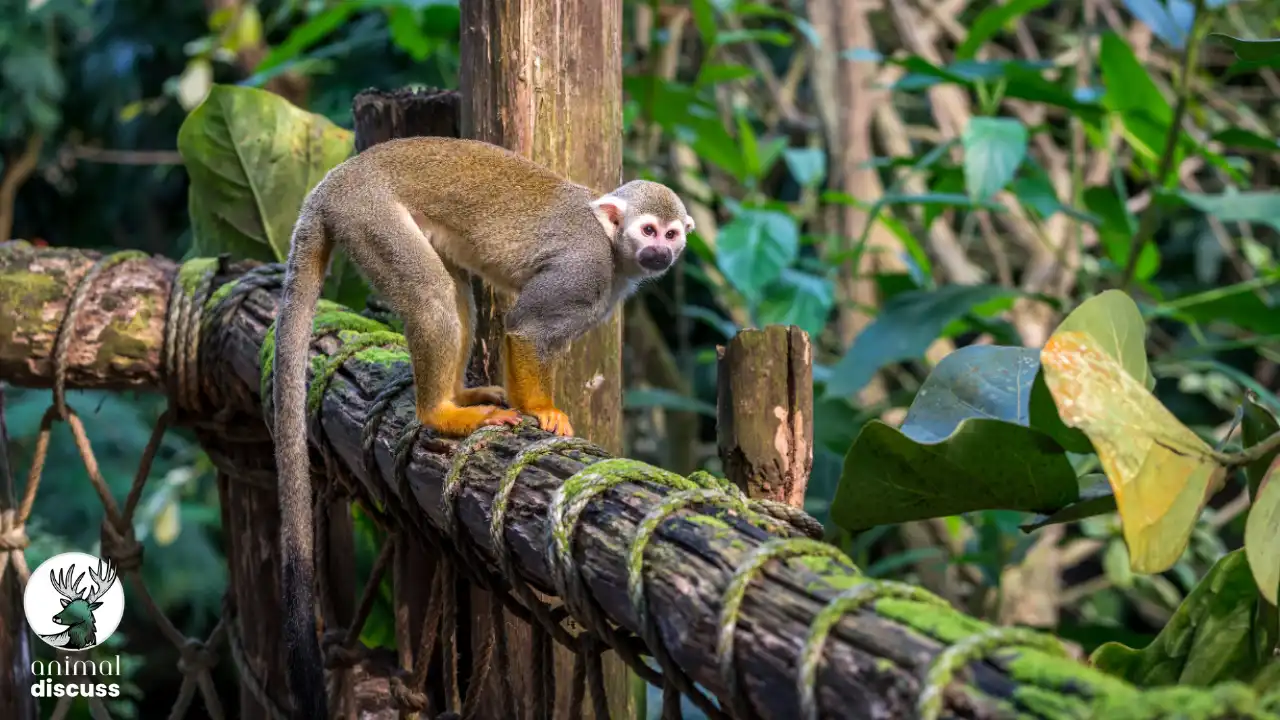
Monkeys Overview
To learn more about Squirrel Monkeys overview: characteristics, species, and more, dive with us into the details.
Full Article
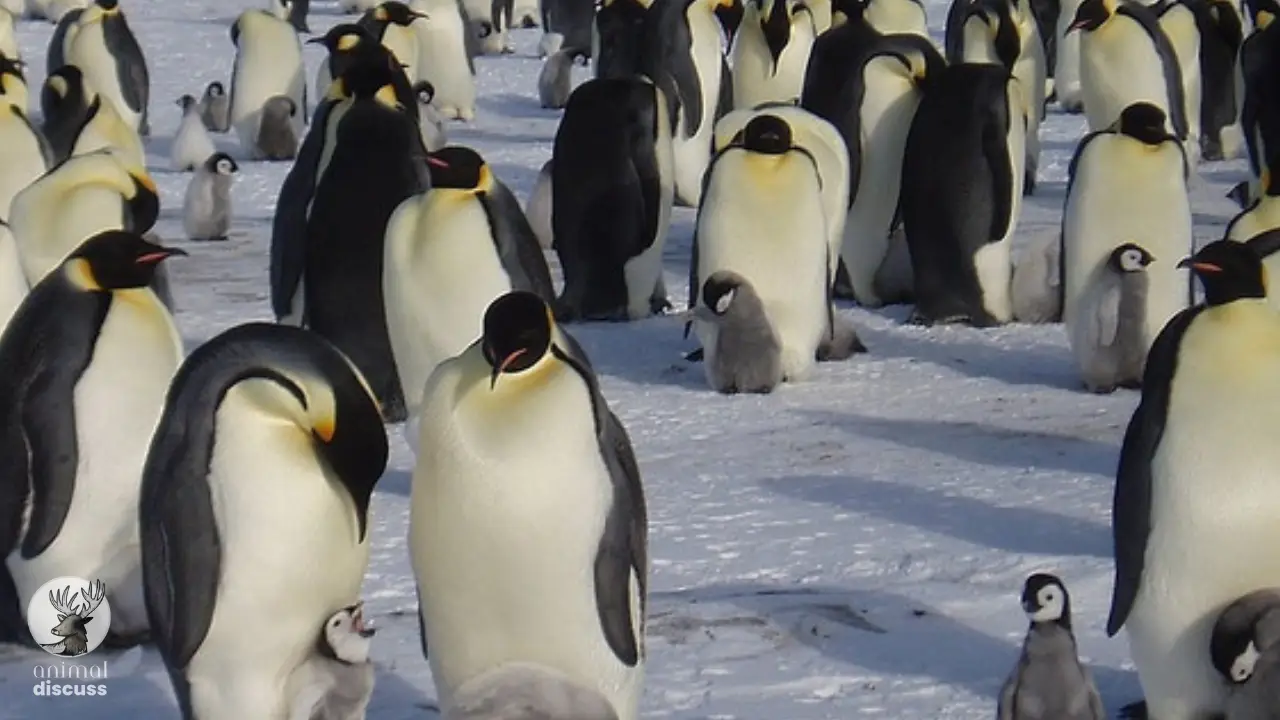
Penguin Overview
To learn more about Penguin overview: characteristics, species, and more, dive with us into the details.
Full Article
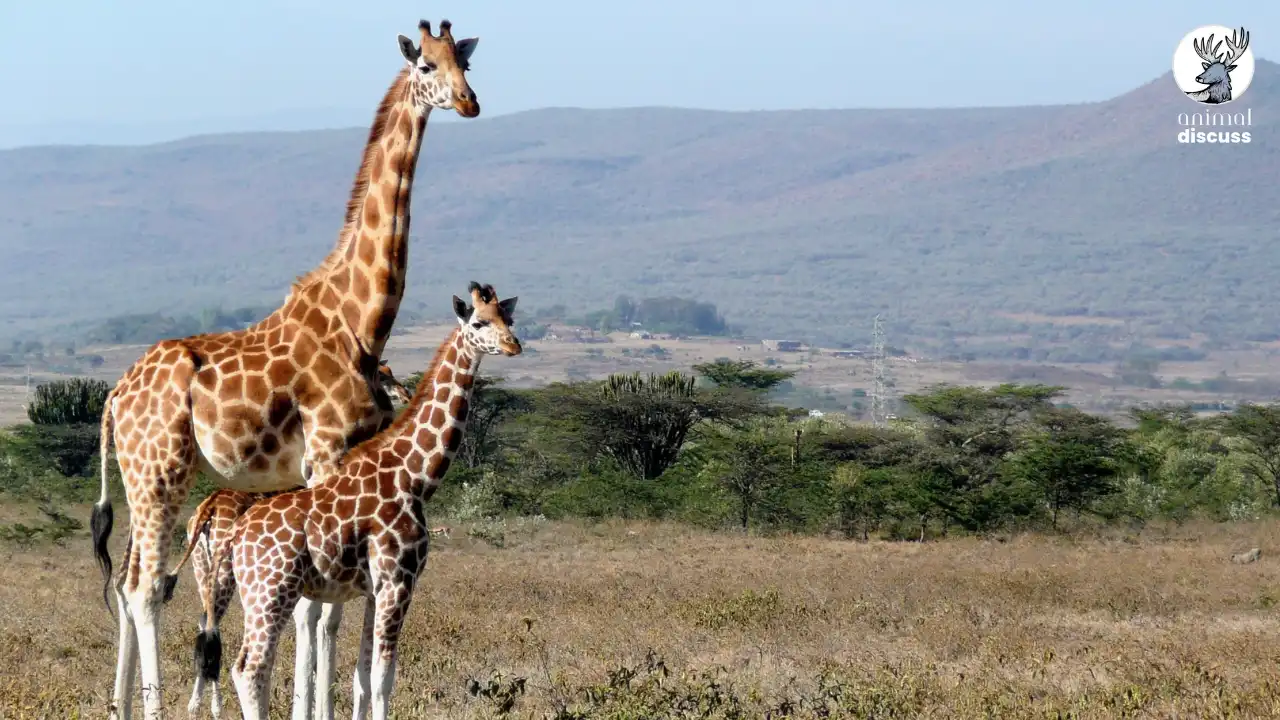
Giraffe Overview
To learn more about Giraffe overview: characteristics, species, and more, dive with us into the details.
Full Article
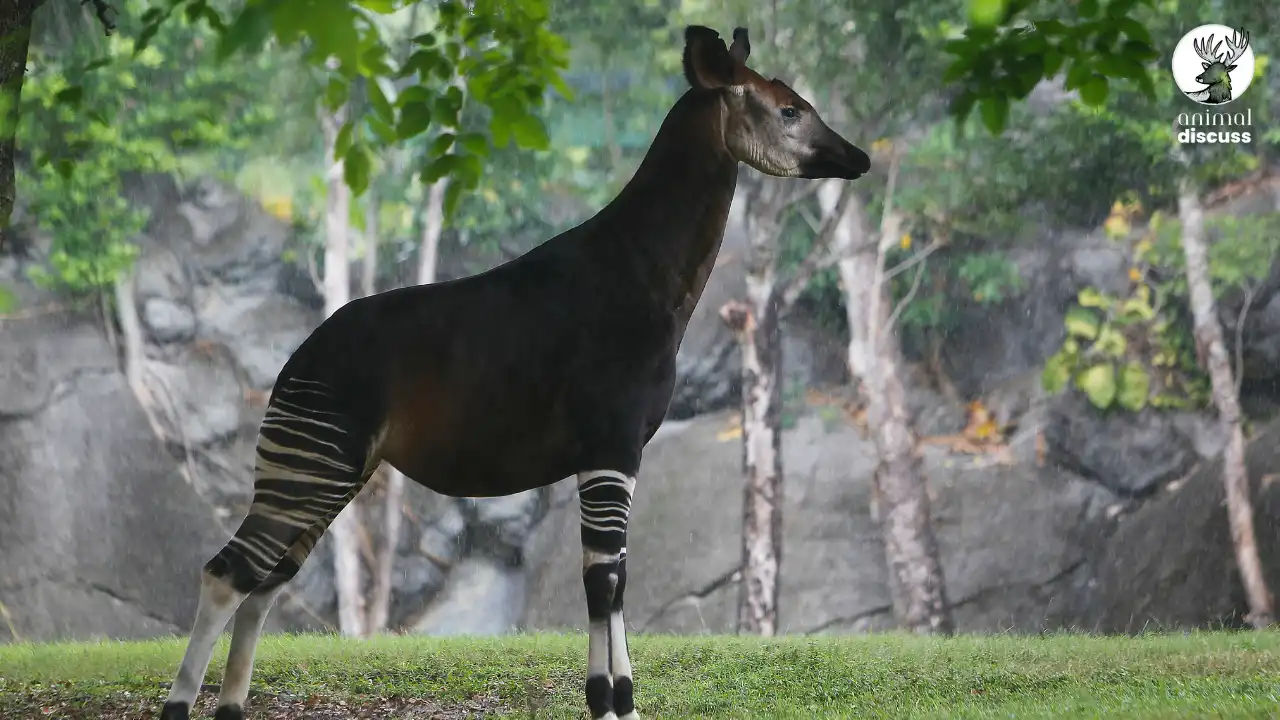
Giraffe Overview
To learn more about Okapia overview: characteristics, species, and more, dive with us into the details.
Full Article

